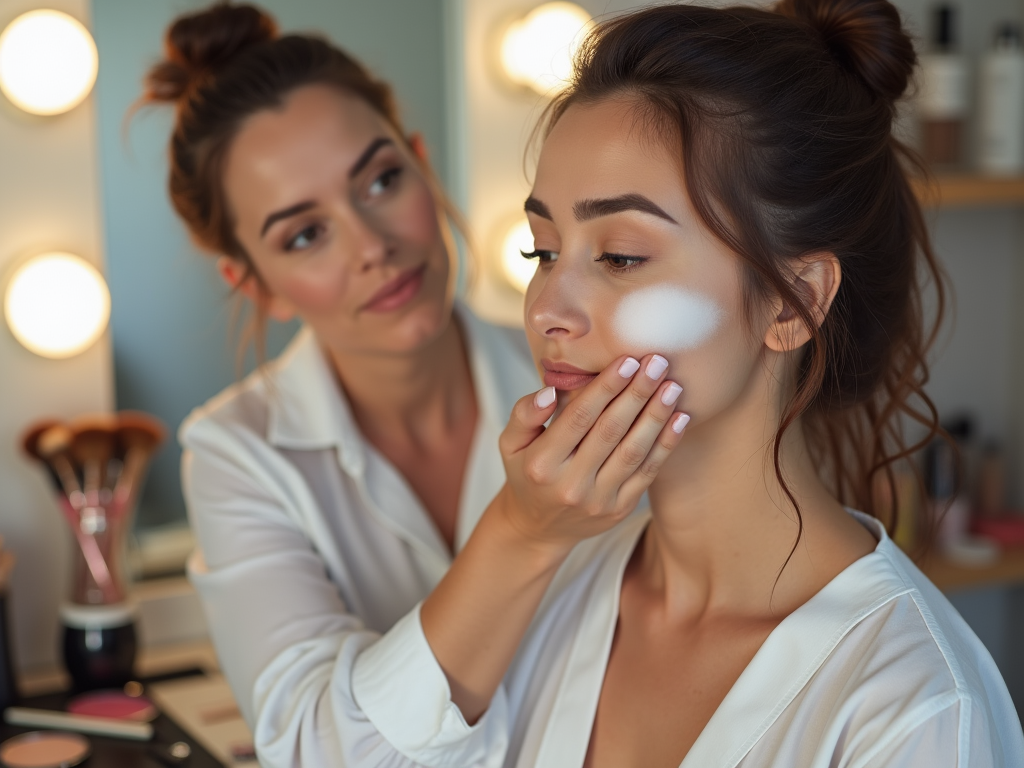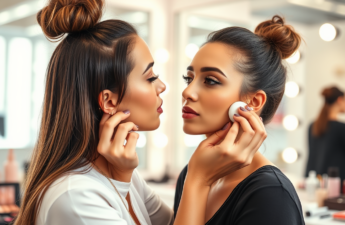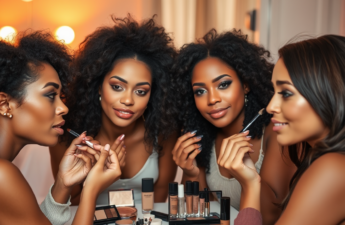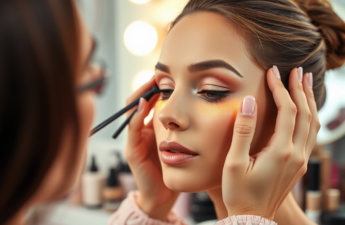Baking your makeup is an essential makeup technique that makeup artists and enthusiasts swear by to achieve a flawless, long-lasting finish. This method locks in your foundation and concealer and elevates your makeup game. In this comprehensive guide, you’ll learn how to bake your makeup like a pro to ensure you look picture-perfect all day and night.
Understanding the Baking Technique
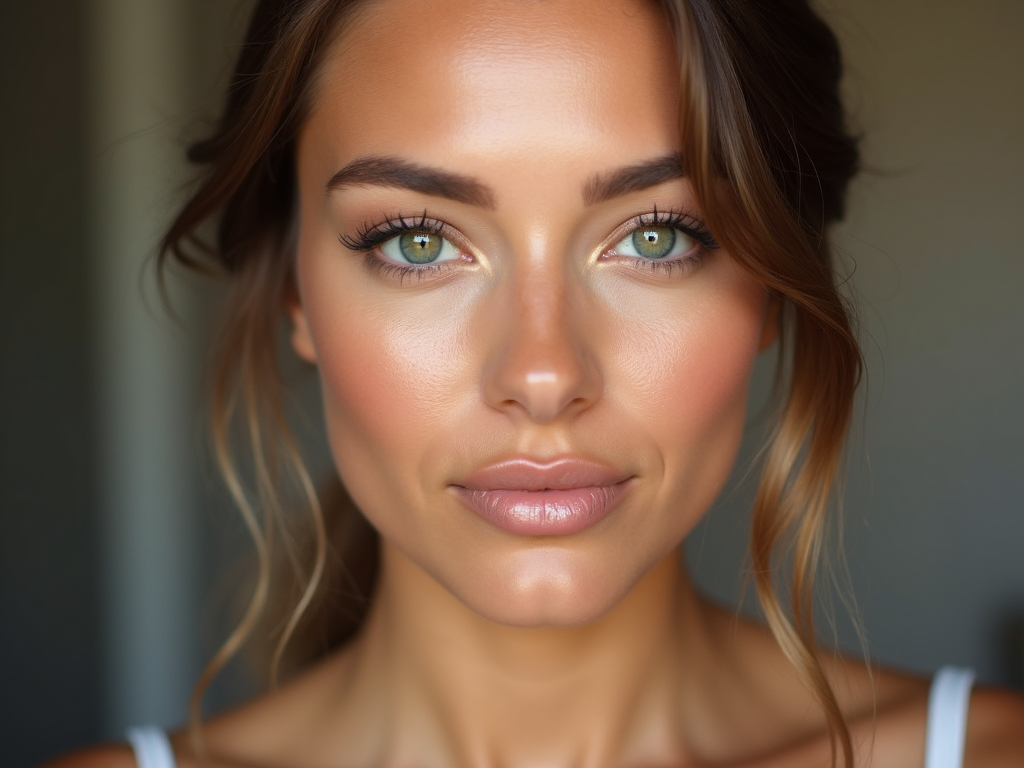
Baking, a technique rooted in drag culture, has become mainstream, thanks to its effectiveness in setting makeup for hours. Essentially, baking is the process where you apply a thick layer of translucent powder over your foundation and concealer and let it sit, or “bake,” for several minutes. The heat from your face allows this powder to set your base makeup in place.
During this baking period, the powder absorbs excess oils and helps to smooth out the surface of the skin, leaving a creaseless and poreless finish once dusted off. This method is particularly beneficial for those with oily skin or those looking to achieve a matte finish. Let’s delve into the step-by-step process of baking makeup.
To bake your makeup like a professional, preparation is key. Follow these steps for the best results:
- Prep Your Skin: Start with a clean, moisturized face. Hydrating your skin is crucial as the baking process can accentuate dryness.
- Apply Foundation and Concealer: Use a full-coverage foundation followed by a creamy concealer on areas you wish to highlight or conceal.
- Blend Well: Use a beauty sponge or brush to blend your foundation and concealer seamlessly into your skin.
- Apply Translucent Powder: With a damp beauty sponge, press a generous amount of translucent powder over the areas applied with concealer.
- Let It Sit: Allow the powder to sit and “bake” for 5-10 minutes. Use this time to do other parts of your makeup, like your eyes or brows.
- Dust Off the Excess: Use a fluffy brush to gently dust off the excess powder, revealing a smooth, matte finish.
Why Baking Makeup Works Wonders
The baking technique is backed by sound principles that cater to various makeup concerns and needs. One primary advantage is its ability to set makeup more effectively than traditional dusting of powder. The prolonged contact of the powder with the skin enhances oil absorption, ensuring a longer-lasting matte look even in humid conditions.
Baking also minimizes the appearance of fine lines and pores, offering a smooth finish. Moreover, it sharpens facial features through strategic highlight placements, adding dimensions to your face. For those appearing on camera or under bright lights, baking provides a brilliance that creates a photogenic look.
Choosing the Right Products for Baking
To bake your makeup correctly, your choice of products is as crucial as the technique itself. Start with a good-quality translucent powder. It should be finely milled to avoid looking cakey or settling into fine lines. A lightweight formula is also preferred for a seamless finish.
Consider the shade of your translucent powder carefully. While the term suggests colorlessness, powders can sometimes have undertones that are more suitable for certain skin tones. Pair these with highly pigmented concealers and foundations that can withstand long wear and that complement your skin type and texture for the best results.
Even though baking makeup is straightforward, certain common mistakes can lead to undesired results. Firstly, using too much powder can make you look cakey, so it’s important to find a balance, especially if you have dry skin.
Allowing the powder to sit for too long is another common rookie mistake. If left unchecked, it can lead to patchiness and uneven texture. Lastly, choosing the wrong shade or type of powder can disrupt your overall makeup tone. Always test products before big events to ensure compatibility with your skin.
Conclusion
Mastering the art of baking makeup can hugely impact your overall look by providing a flawless, long-lasting finish. With the proper technique, products, and some practice, anyone can achieve a professional-grade look. Remember to avoid common pitfalls, and soon you’ll enjoy the perks of well-baked makeup that survives long hours and various conditions.
Frequently Asked Questions
- Is baking makeup suitable for all skin types? Baking is ideal for oily skin, but it can work for all skin types if done correctly. Make sure your skin is well-prepped and moisturized before baking to avoid accentuating dryness.
- Can I bake with colored powder instead of translucent? While colored powders can be used, they might alter the tone of your foundation. Translucent powders are usually preferred as they set makeup without changing its color.
- How often should I bake my makeup? Baking is typically reserved for longer events or photoshoots due to its intensive nature. For everyday looks, setting powder without baking might be more practical.
- How does baking affect flash photography? Baking often enhances the appearance in flash photography, giving a smooth, blemish-free look. However, using too much powder can lead to flashback, so moderation is key.
- Can I use this technique with cream-based products? Yes, baking can be effectively used with cream-based foundations and concealers. Ensure they are well-blended before applying powder for a seamless finish.
